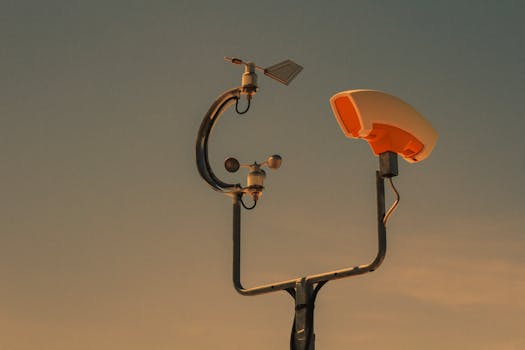
How Satellites Monitor Climate Change and Environmental Shifts is an essential aspect of understanding our planet’s dynamics. Satellites have revolutionized the field of environmental monitoring, enabling scientists to track changes in the Earth’s climate, oceans, land surfaces, and atmosphere. By orbiting the Earth, satellites can collect data on a global scale, providing insights into the complex interactions between the atmosphere, oceans, and land surfaces.
Satellite monitoring of climate change and environmental shifts involves the use of various types of satellites, including polar-orbiting satellites, geostationary satellites, and constellations of small satellites. These satellites are equipped with a range of instruments, such as radiometers, spectrometers, and radar systems, which allow them to collect data on various aspects of the Earth’s systems. For example, satellites can measure the Earth’s surface temperature, atmospheric temperature, and humidity, as well as track changes in sea level, ice sheets, and glaciers.
One of the key applications of satellite monitoring is the tracking of sea level rise, which is a critical indicator of climate change. Satellites such as Jason-3 and Sentinel-6 use radar altimetry to measure the height of the ocean surface, providing valuable data on sea level rise and its impacts on coastal communities. Additionally, satellites like Landsat 8 and Sentinel-2 use multispectral and hyperspectral imaging to monitor changes in land use, land cover, and vegetation health, which are essential for understanding the impacts of climate change on ecosystems and biodiversity.
Satellites also play a crucial role in monitoring weather patterns and extreme weather events, such as hurricanes, droughts, and wildfires. Geostationary satellites like GOES-16 and Himawari-8 use advanced imaging techniques to track the movement and intensity of weather systems, providing critical data for weather forecasting and emergency response. Furthermore, satellites like SMAP and SMOS use microwave radiometry to measure soil moisture and ocean salinity, which are essential for understanding the Earth’s water cycle and its impacts on agriculture and water resources.
In addition to monitoring climate change and environmental shifts, satellites are also used for disaster response and recovery. Satellites like WorldView-4 and GeoEye-1 use high-resolution imaging to assess damage and identify areas of need after a disaster, while satellites like Radarsat-2 and TerraSAR-X use synthetic aperture radar to map flood extent and damage. This data is critical for emergency responders, governments, and humanitarian organizations, enabling them to respond effectively to disasters and support affected communities.
In conclusion, How Satellites Monitor Climate Change and Environmental Shifts is a vital component of our understanding of the Earth’s systems and processes. By providing valuable data on climate change, environmental shifts, and extreme weather events, satellites enable scientists, policymakers, and emergency responders to make informed decisions and take action to mitigate the impacts of climate change and protect the environment.

